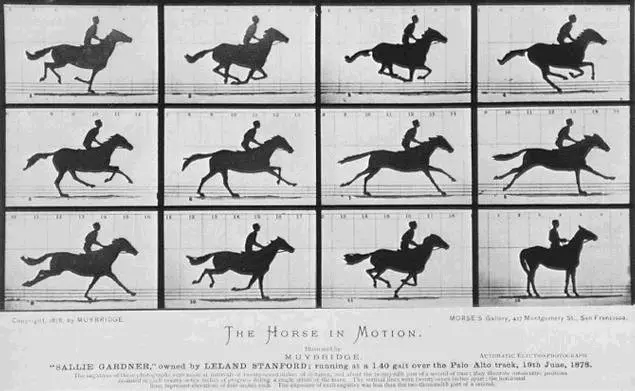In this post you’ll learn behind the scene of high-speed photography. Have you even seen a slow motion video, where you can see every single move an object takes in fractions of a second; that you can not see with the naked eyes in real time, if not then you can watch here. It comes possible using high-speed cameras. High-speed photography is really amazing and sometimes fun and interesting. TV programs such as ‘MythBusters’ and ‘Time Warp’ use high-speed camera to record their test in slow motion to show you every single move an object takes in a smooth and slow motion. High-speed cameras are mostly used to film sports, fast-actions and in science projects for analysis. The only factor that works behind any motion picture are ‘frames’.
Frames
It’s a game of frames to produce films that can be played smoothly at very low speed without any choppy playback. An ordinary camera can shoot films at an average of 24fps(frames per second) to 30fps, where as high-speed camera can shoot films over 1000fps i.e., in 1 second high-speed camera can take over 1000 images as compare to 24 or 30 images in an ordinary camera. Even fastest high-speed camera can shoot at 200 million frames per second, imagine how detailed object moves you can be seen. Image describe the Horse in Motion by Eadweard Muybridge which are actually the frames of a motion picture.

Lets talk a bit about frames. All motion picture have multiple frames which unable us to see moving objects in movies. Human eyes can not detect the frames in a motion picture if, the frame speed is equal to or more than 24 frames per second. All the animations, movies and videos are working on the same mechanism. Let’s imagine a trick to understand the frames in a film, Suppose you have 24 or more pictures on an abject taken successively of a moving object. You attach these pictures side-by-side from first to last picture in the order you have taken them while the object was moving. Now take a frame of the size your pictures are and darken it’s surrounding area. Make someone to pass that series of pictures from one end of frame to another with with a fast action and watch the object moving in that frame like you filmed that object not just took pictures. So, that’s all about frames and films. Below, you can see the frames in motion.

Simple Formula
If a high-speed camera filmed a scene at 1000fps i.e. one second movie has 1000 frames. And you play that movie at 24fps i.e. 24 frames are processed every second while playing the movie then that movie will play for 41.66 seconds(1000/24) and that too without any choppy playback. Means a 1 second movie is stretched to 41.66 seconds and that’s all because of frames. In general, it will play at slower speed.
So, for slow motion movies, you need maximum number of frames that a high-speed camera can take in one second which is called frame rate. More the frames, more detailed and soft the film playback is. There are some software programs like Twixtor that digitally interpolate frames within a video file to slow down, speed up or change the frame rate.
Storage Complications
There are some complications in storing the films taken by high-speed cameras because, it needs a lot space to store lots of images. If you shoot a film at over 1000fps then you will have over 10 gigabytes of image data of 1 second film. So, high-speed cameras are generally used for testing and analysis purposes. To reduce the size of overall film, preselect the parts you are interesting to shoot. More over it is also time consuming to store large number of data at high-speed with a comparatively slower computer interfaces.
You can get the best grasp on ’High-speed cameras & Slow motion movies’ by watching the TV series ‘Time warp’ and ‘MythBuster’.
Images: Wikipedia

Comments